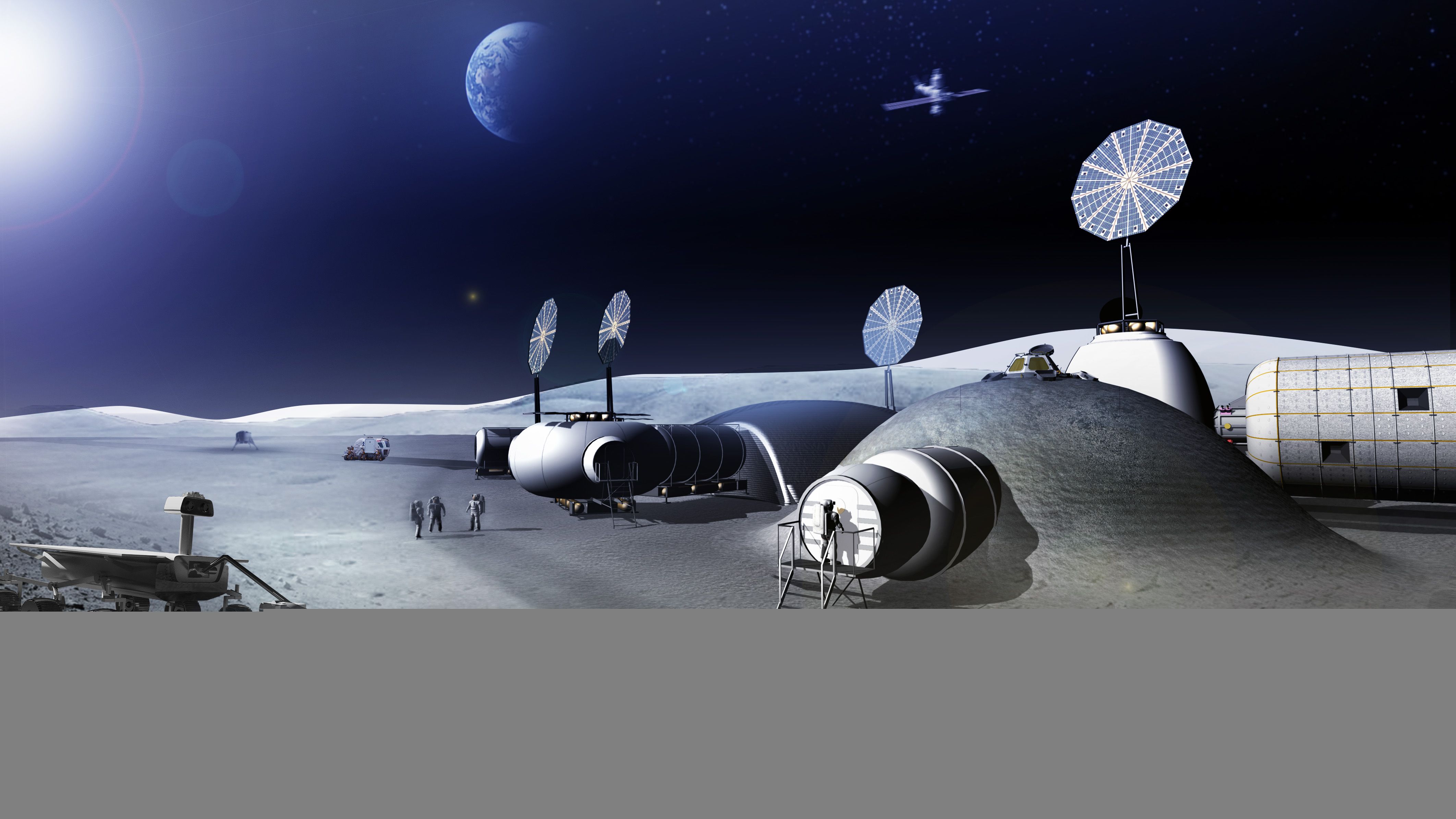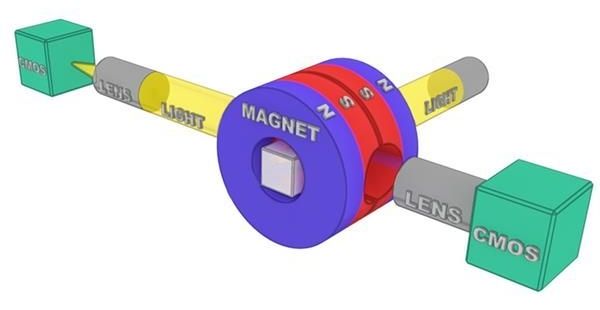For: Moon Village Association Location: EU, initiated on workshop at ISU in Strasbourg, then created in Prague, Lund, Terracina, London Year of Completion: 2018 Team: space architects Tomas Rousek, Katarina Eriksson, Vittorio Rossetti.
It was very inspiring to see a presentation of Prof. Jan Woerner, ESA director general, at the MVA workshop at ISU in Starsbourg. When we have seen the range of all elements that are encompassed in the vision, it was clear to us that it would be good to illustrate it with more than just one 3D-printed module. With colleagues space architects Katarina Eriksson and Vittorio Rossetti we offered our help to MVA organizers to illustrate the new vision of Global Moon Village. We created 3D concept including more the components of lunar exploration and infrastructure that were mentioned, i.e. modules of ESA, NASA and international and commercial partners, Google Lunar X-Prize rovers and cis-lunar station.
We also proposed facelift concept of logo for MVA, with half moon over O circle.



